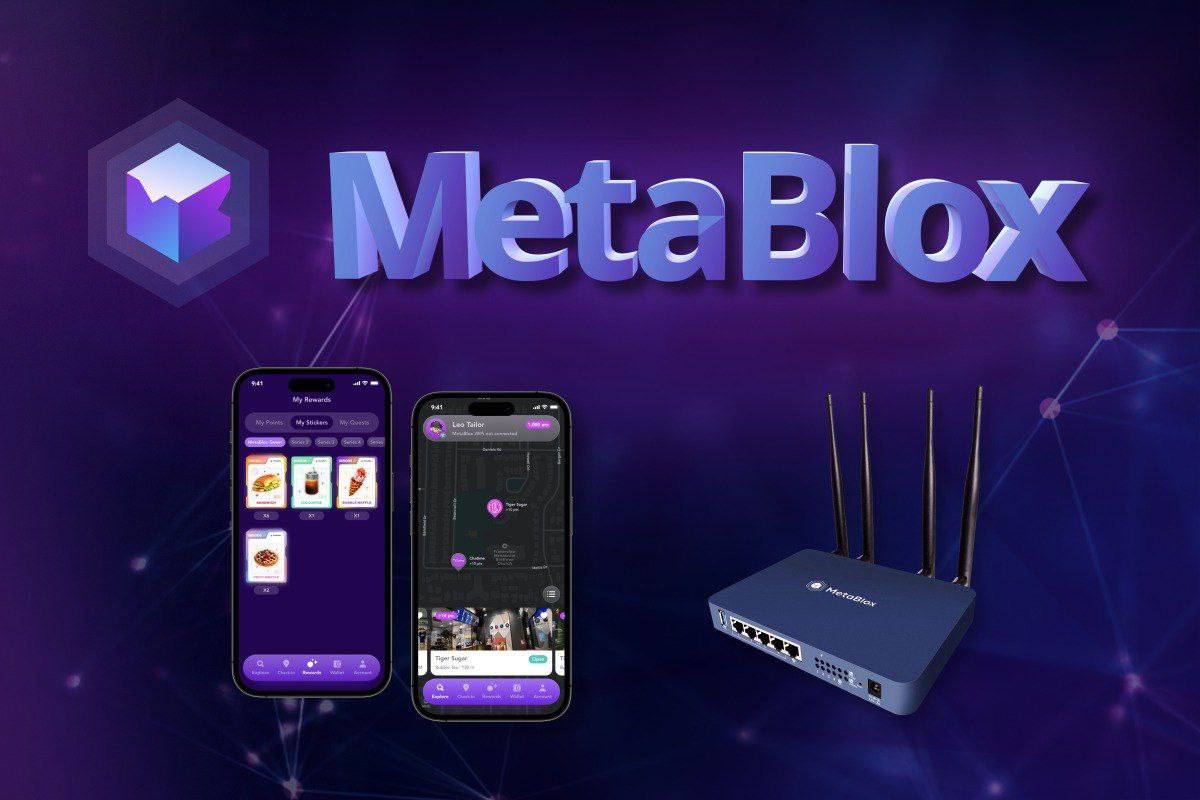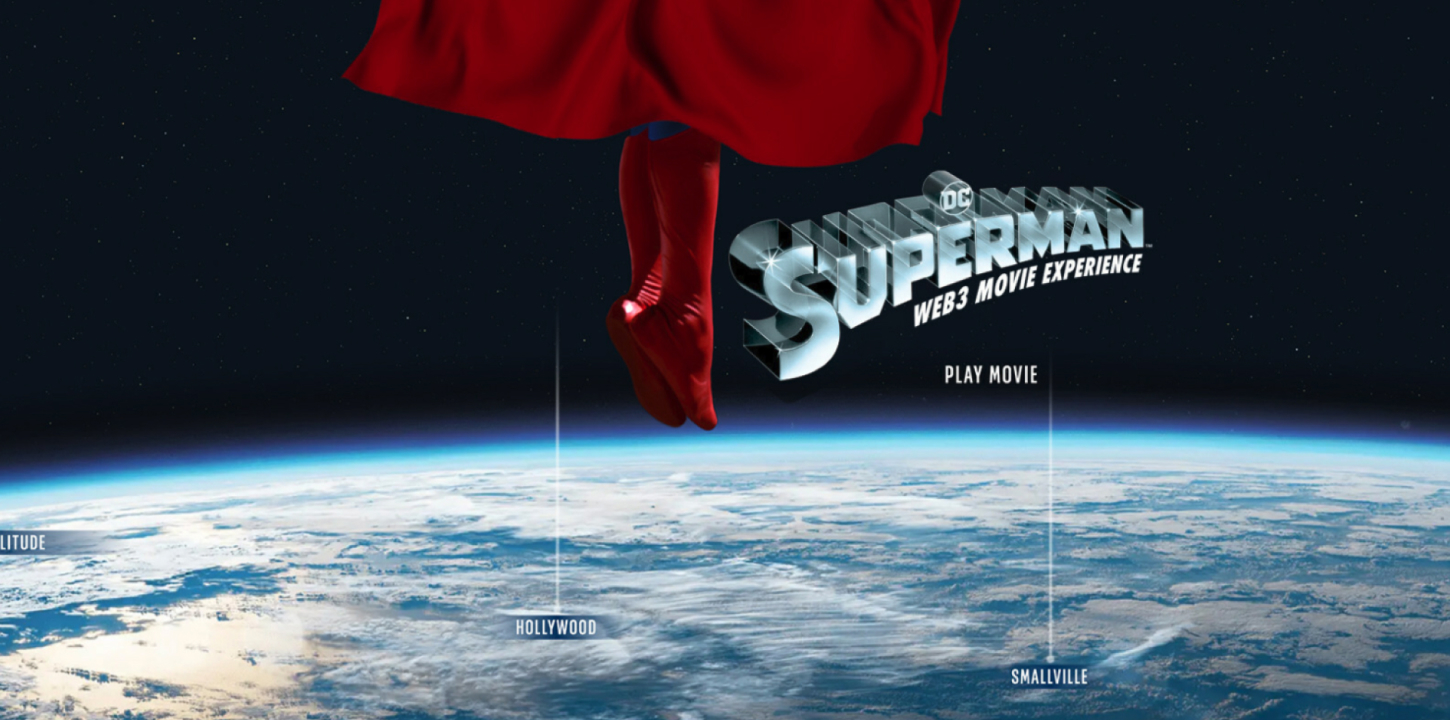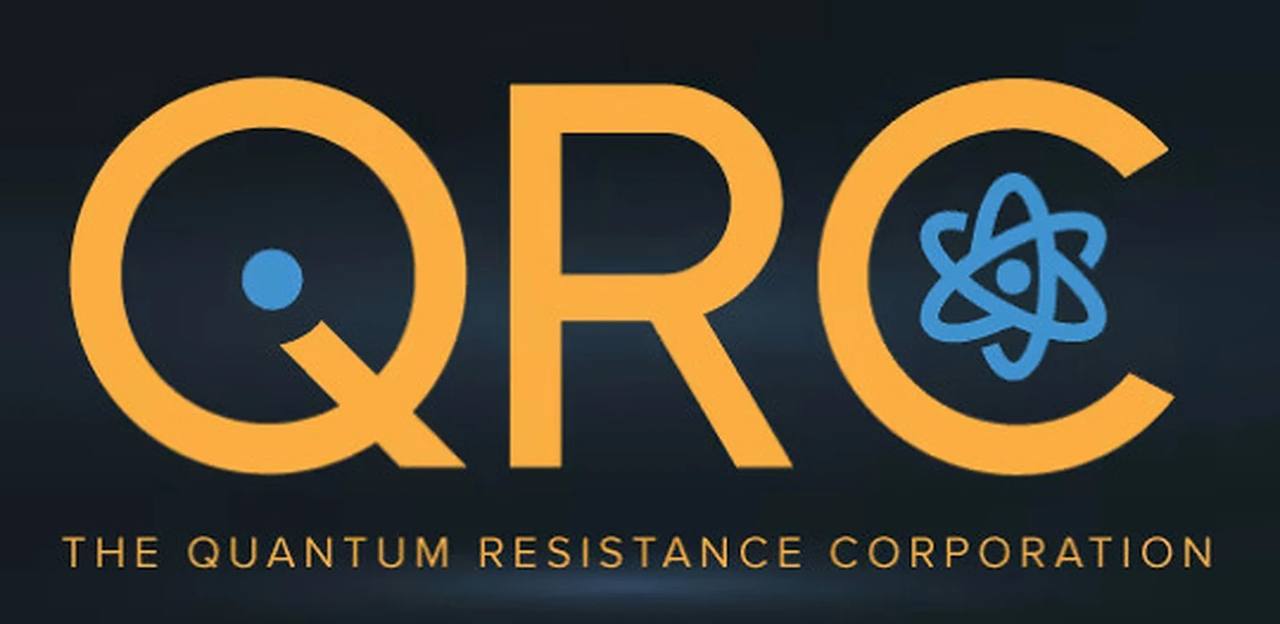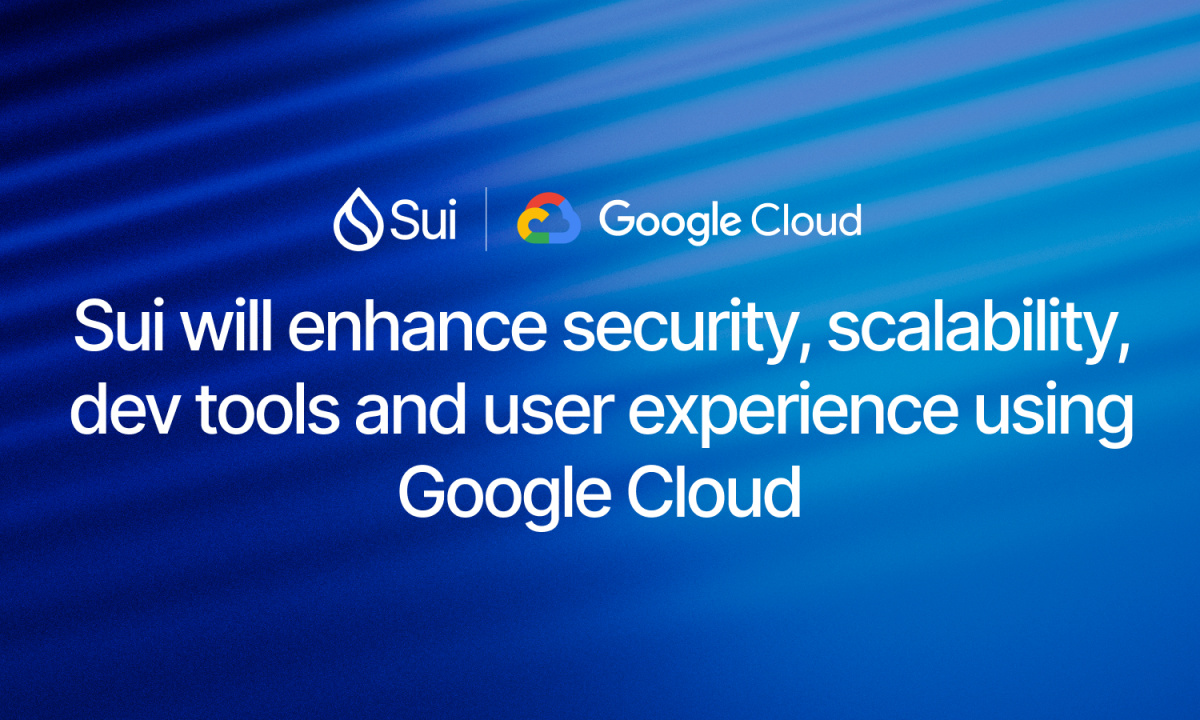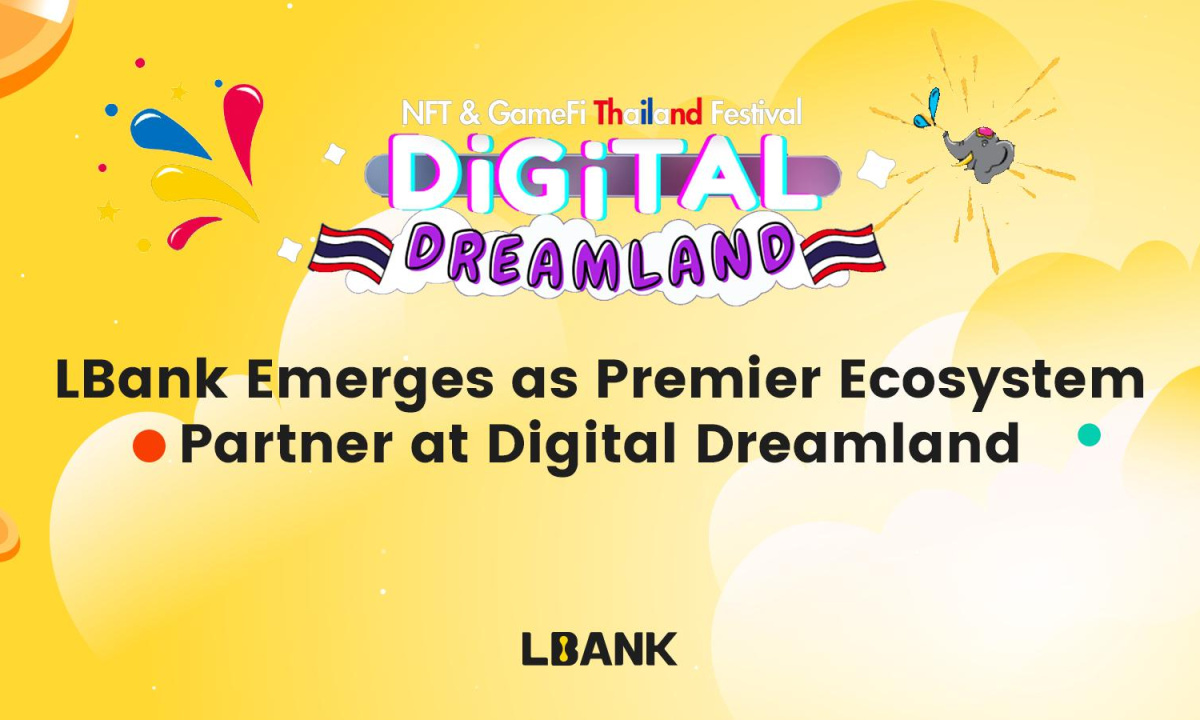Table of Contents
- Powering the User-Oriented Web3: MetaBlox's OpenRoaming Initiative and Decentralized Connectivity
- MetaBlox Network's Blockchain Integration for DeFi, GameFi, and NFTs
- MetaBlox's $MBLX Token and Its Role in Decentralized Network Development
- MetaBlox's Founding Members and Their Remarkable Technological Achievements
- Final Thoughts
Decentralized Identifiers (DIDs) possess immense potential to reshape the future landscape of the internet, ushering in a revolutionary approach to verifying our digital identities. The path to achieving this transformation remains ambiguous as we witness the emergence of Web3, a paradigm shift from platform-centric to user-centric networking. The crucial aspect of a user-centric network lies in users defining their identities and determining the information they wish to share with others.
After years of unwavering dedication, the MetaBlox team has released a breakthrough protocol that uses DIDs to provide a decentralized groundwork for creating a user-centric network. The team is diligently working to build the foundation for a web3 user-centric network that can support web3 native apps.
The MetaBlox Network mobile app represents a major step toward this lofty goal. With this software, users may take the first necessary step toward gaining access to a Free Privacy Protected WiFi Network by registering a DID and automatically uploading it to the blockchain and, in the process, earn mPoints that can be used on the further development of the network.
The platform has a lot of benefits that make it stand out. First and foremost, the team believes that the most compelling aspect of MetaBlox is that it is a user-centric network supported by a rewarding system for its users and builders. MetaBlox hopes to model itself after the prosperous Web 2.0 period, during which prominent corporations gave away their services for free to demonstrate the efficacy of their monetization schemes.
In Web 3.0, MetaBlox seeks to replicate this prosperity with a significant distinction. Instead of profits accruing solely to private entities, MetaBlox positions itself as a decentralized solution, enabling users and network maintainers to reap the rewards. Unlike the Helium Network, which employs LORA technology, MetaBlox operates as a WiFi Network, affording the bandwidth necessary to accommodate many users, thus substantially expanding monetization opportunities for all stakeholders involved.
Powering the User-Oriented Web3: MetaBlox's OpenRoaming Initiative and Decentralized Connectivity
MetaBlox's decentralized OpenRoaming WiFi Network made great strides toward creating a user-oriented Web3. Several major Web3 investment businesses and organizations contributed over $2 million to the initiative. The OpenRoaming Network expanded the worldwide WiFi network by deploying hundreds of MetaBlox Miners as blockchain nodes, allowing for secure, password-free, automated connections using Decentralized Identifiers (DIDs).
To create an OpenRoaming network with over a million access points, MetaBlox collaborated with the Wireless Broadband Alliance (WBA). The WBA Wireless Global Congress also saw a successful demonstration of their technology.
Users may now create their own WiFi OpenRoaming profiles and have access to Web3 capabilities with the newly released software. Notably, MetaBlox teamed up with other initiatives such as Harmony, Caldance, Memolabs, and Deeper Network to accomplish its goals.
MetaBlox Network's Blockchain Integration for DeFi, GameFi, and NFTs
MetaBlox Network uses blockchain technology to improve the quality of its products and services significantly. Because of Blockchain technology, users' hotspot routers may double as crypto miners, earning them tokens in exchange for giving WiFi access. With this decentralized deployment approach, MetaBlox Network can steadily increase its worldwide presence and reach as an incentive for network development.
In addition, combining the MetaBlox Network with blockchain technology unleashes many novel possibilities. Decentralized finance (DeFi) platforms, game finance (GameFi) ecosystems, and NFT markets may all be accessed confidentially and safely by users. Individuals may make money with digital assets by participating in farming and staking activities on DeFi networks. At the same time, the system provides unhindered entry to the increasing universe of GameFi and Play-to-Earn games, with strong security provided by blockchain-held credentials in place of the more archaic passwords.
MetaBlox Network was developed in response to the rapidly growing NFT sector, and it provides users with simple access to NFT markets and wallets by use of their DIDs. The firm has established its collection of utility-based NFTs, seen on major platforms like OpenSea, as evidence of its dedication to the blockchain ecosystem. MetaBlox Network aims to offer a genuinely user-centric experience that adapts to the new digital environment by integrating Web3, the Metaverse, 5G rollout, DeFi, and DID-based technologies.
MetaBlox's $MBLX Token and Its Role in Decentralized Network Development
MetaBlox is hard at work creating a user-focused, open, and free system for anyone who wants to use it. To encourage the development of a native Web3 network, which is in accordance with this goal, the $MBLX token has been introduced.
Businesses that want to sell goods or provide services inside the MetaBlox ecosystem are the primary target users of the $MBLX token. These companies actively contribute to developing decentralized ownership inside the next generation of wireless networks by earning and using $MBLX tokens.
The $MBLX token's main benefit over competing tokens is that it was made with Web3 users' insatiable curiosity about the platform's features in mind. These customers can take advantage of all the Web3 ecosystem offers once they adopt $MBLX.
MetaBlox's Founding Members and Their Remarkable Technological Achievements
The first MetaBlox team mostly comprises employees from the leading organizations that make up the alliance's founding members, which are located in North America and Asia. These businesses focus on developing and implementing state-of-the-art technologies, including blockchain, IoT, Telco, AI, and financial services. The alliance members range from large, publicly traded corporations to small, innovative startups, but they all have one thing in common: a desire to build a Web3 network that puts users' wants and needs first.
The founding coalition has made great progress and accomplished outstanding feats during the previous four years. They collaborated with the Canadian federal government on the first blockchain program, among other pioneering endeavors. Further distinguishing themselves, they were the first group to combine blockchain technology with eSIM and Bluetooth chips.
It's worth noting that the alliance members are active contributors to the Decentralized ID Foundation. This shows their dedication to spreading the use of decentralized identification systems. WiGig is a broadband version of WiFi, and the alliance members are among the few businesses in the world that have access to this technology. Their proficiency with WiGig technology enables them to provide reliable and fast wireless network options.
Their work in the development of AI is another significant achievement of the original alliance members. They are pioneers in AI edge computing, having designed and produced one of the earliest system-on-a-chip (SOC) devices. This technological advancement provides high-performance and smart computing capabilities at the network's periphery, allowing for instantaneous data processing and analysis.
Members of the alliance have made significant investments in several high-profile initiatives throughout the decentralized finance (DeFi), gaming finance (GameFi), and non-fungible token (NFT) spaces, demonstrating their commitment to the development of these industries beyond just technological means. Investing in promising startups like 1inch and Axie Infinity demonstrates their dedication to fostering growth and development in the nascent blockchain industry.
Final Thoughts
The advent of Decentralized Identifiers (DIDs) has the potential to reshape the future of the internet by revolutionizing the way we verify our digital identities. As Web3 emerges, shifting from platform-centric to user-centric networking, the MetaBlox team has made remarkable progress in developing a protocol that leverages DIDs to establish a decentralized foundation for a user-centric network. Their commitment to building a web3 native network that supports user-centric applications is evident in the MetaBlox Network mobile app.
Disclaimer: This article is provided for informational purposes only. It is not offered or intended to be used as legal, tax, investment, financial, or other advice.
Investment Disclaimer